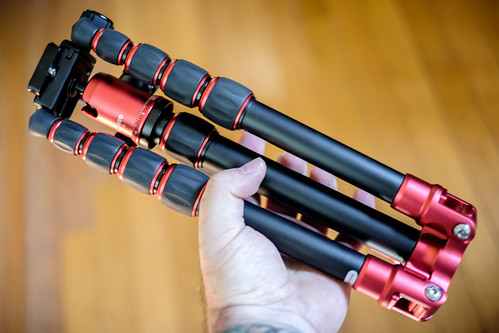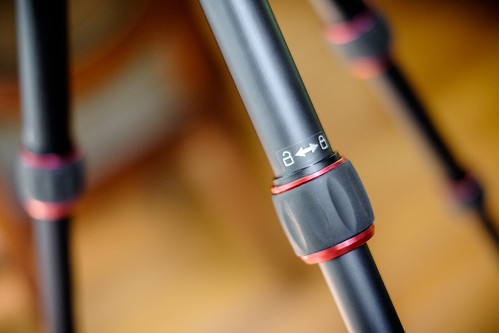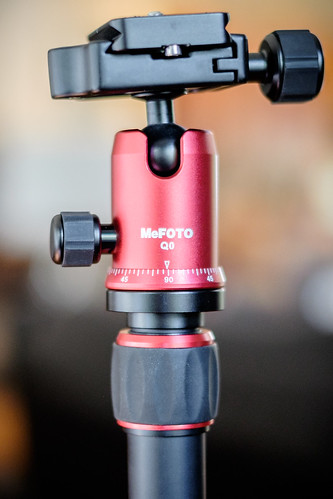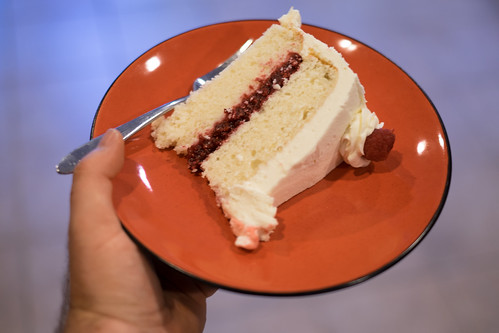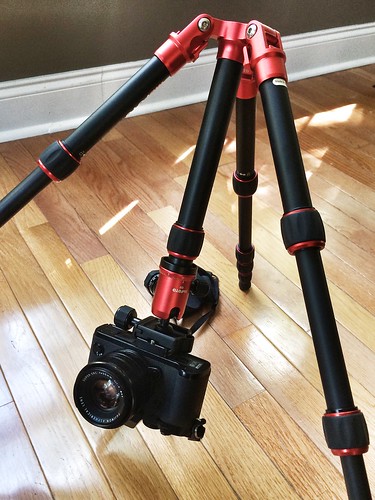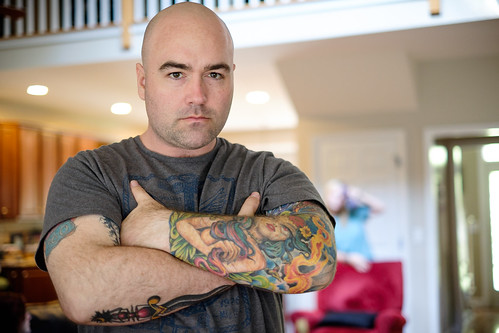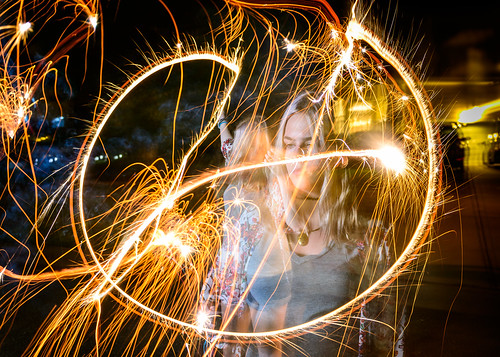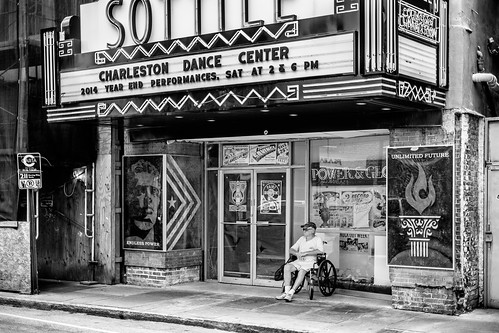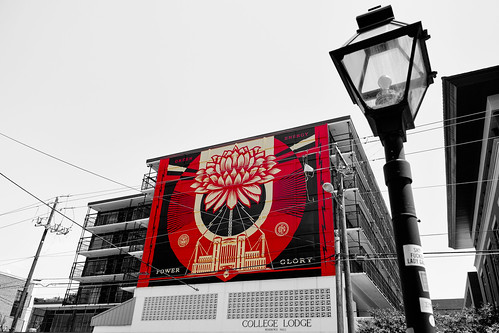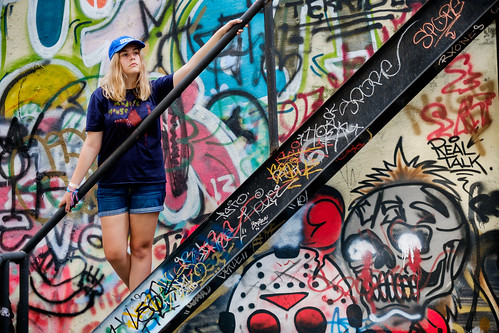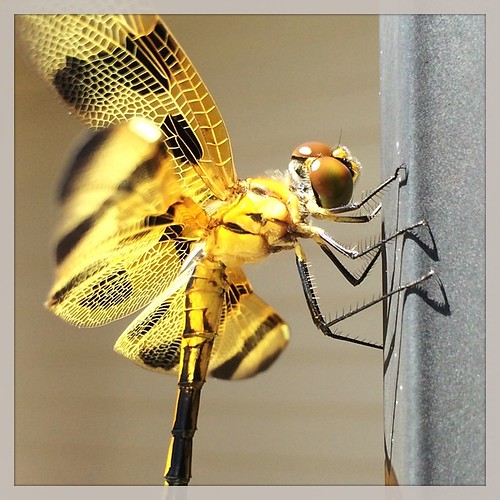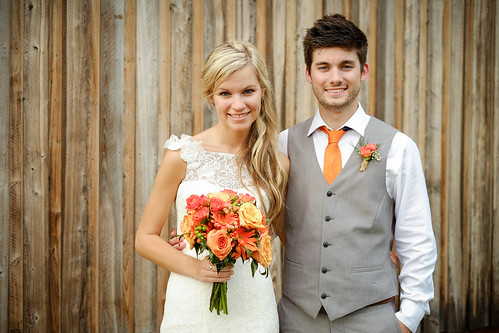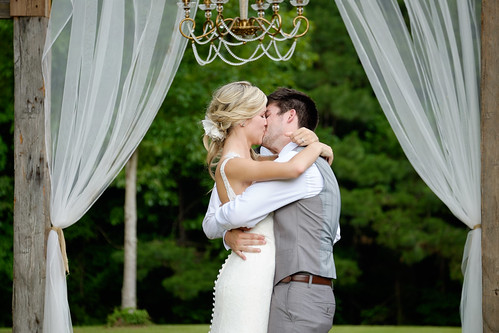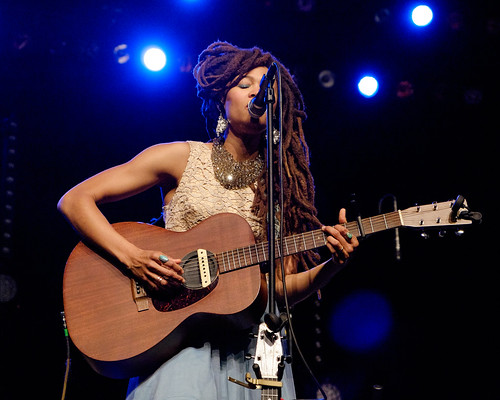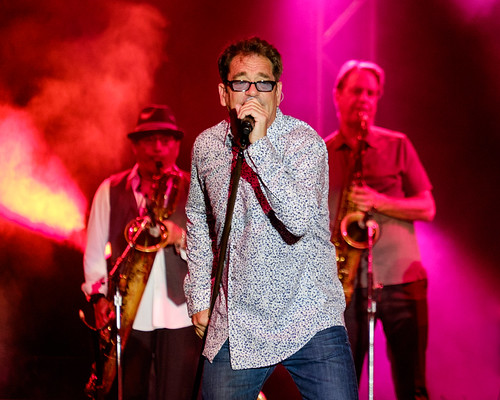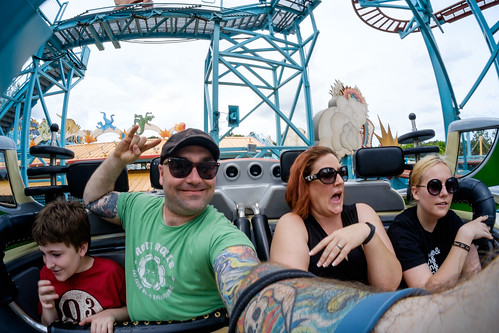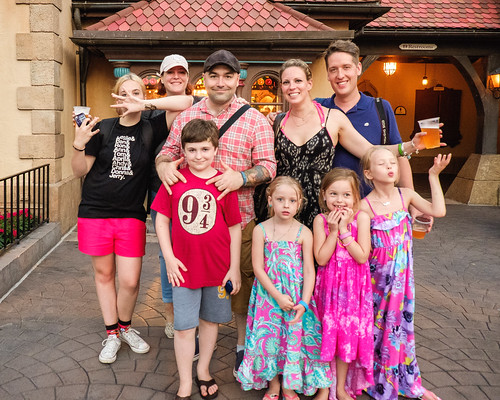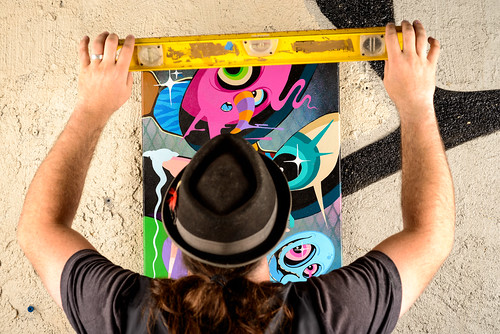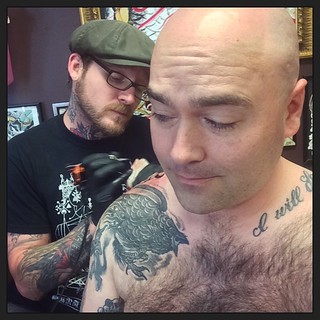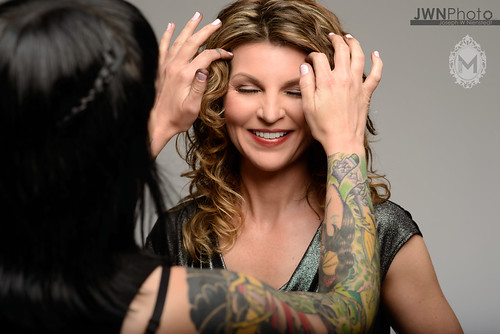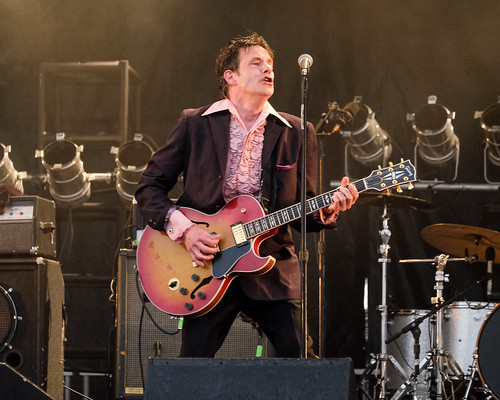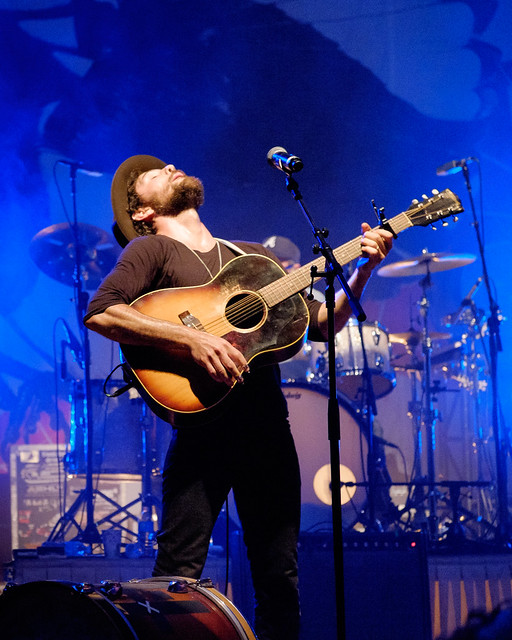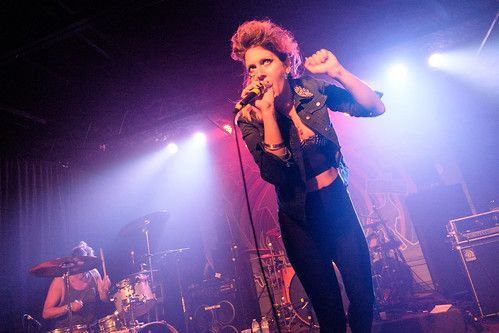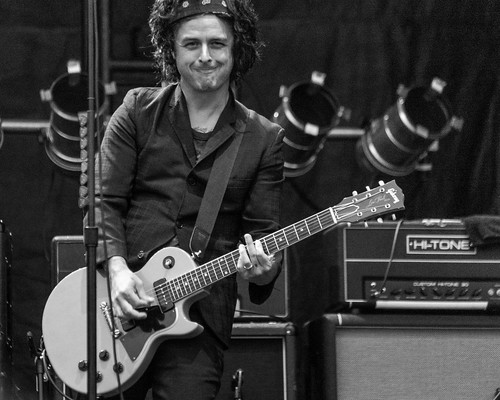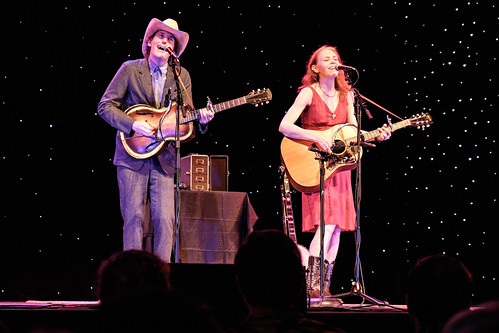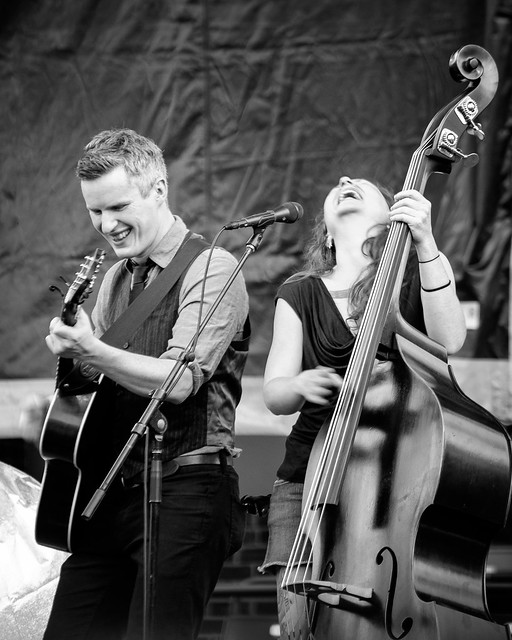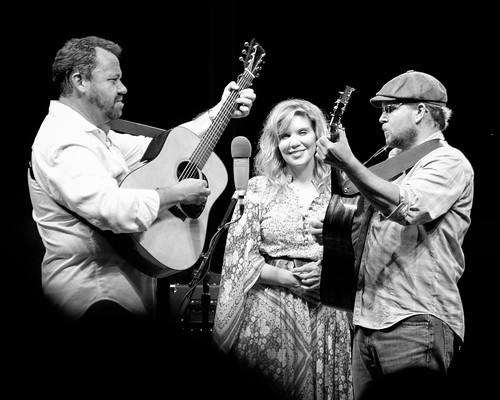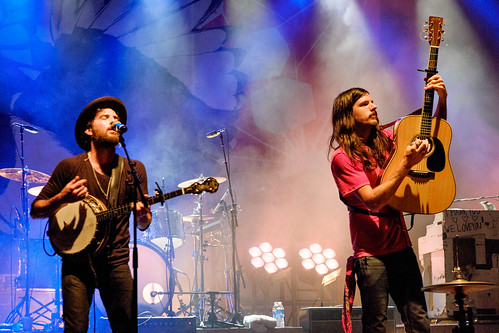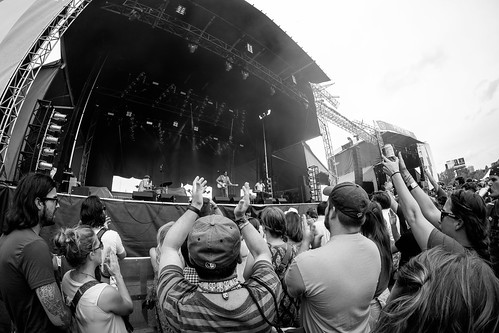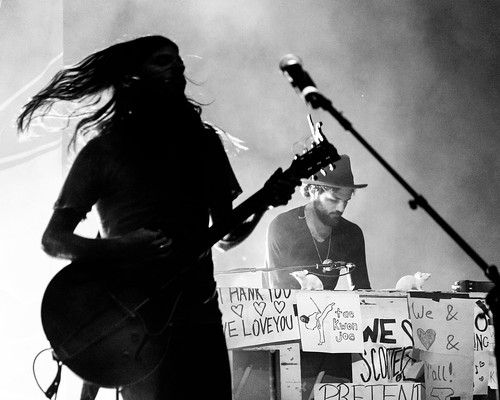A Tale of Two Cameras
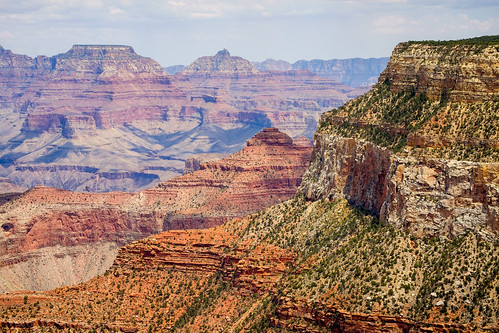
Grand Canyon South Rim 7/25/2014 at 1:30PM
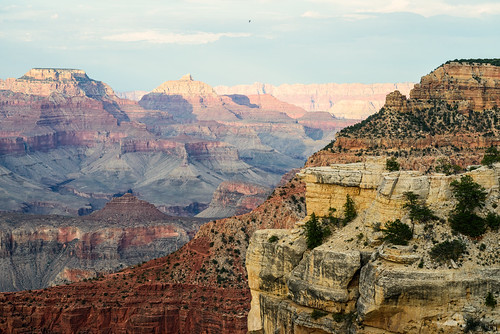
Grand Canyon South Rim 7/25/2014 at 6:55PM
What we have here are some photos I stumbled upon from my recent west coast vacation that are very similar compositions of roughly the same area of the Grand Canyon taken with two different cameras. I didn’t do this on purpose, but I was pretty impressed with the similarities in the overall quality of the images that two very different cameras produced. If I had planned out this post while I was out there, I would have shot two identical shots on a tripod with both cameras back-to-back so the time was the same, but I didn’t and still found the quality of the images comparable. Artistically, these are pretty ordinary photos of an extraordinary place, but I could spend all day from sunrise to sunset shooting and at the end of the day, and if I’m lucky, I might have a photo or two that I would be proud of (I’ll show you those in a different post soon).
Let’s talk about the non-technical differences of these first two photos caused by the time of day. The photo at the top was taken in mid-day sunlight. You can see a lot of hard contrast, you can see the shadows of the clouds on the canyon below, and everything is lit pretty evenly from the front to the back of the image. The second photo is at the tail-end of the day, the light is directional and lower in the sky to the left of the frame. Everything in the front and middle are in the shadows, while the back is hit with very warm sunlight. So when I’m comparing these two images, I’m not thinking about which image is more aesthetically pleasing, but how well the camera’s handled the situations at hand.
Both of these images display what I would consider a fantastic demonstration of dynamic range. There are details in both the shadows and highlights, and the transition and color is very much like what I saw with my naked eyes. If you had a less-than-capable camera, the top image’s areas of contrast would be completely black, while the bottom image’s highlights would be blown out.
One photo was made with my “Pro” camera, the Nikon D800 – The camera I use for commercial work, and the other was made with my “Fun” camera, the Fuji X-T1 – The camera I use for just about everything else these days. The Nikon is a full-frame 36 Megapixel beast of a camera, while the Fuji is a 16 Megapixel cropped sensor camera that is quite small because it’s also a mirror-less camera. Can you guess which one is which?
Here are the settings for the top image: f/11, 1/210, 55mm ISO 200
Here are the settings for the bottom image: f/8, 1/250, 70mm ISO 400
The top image was made with the Fuji X-T1 using the 18-55mm f/2.8-4 “kit” lens, and the bottom was made with the Nikon D800 using the 24-70 f/2.8 lens. You could get the Fuji with the kit lens for less than the cost of just the Nikkor 24-70 lens itself!
Now, let’s take a look at two images taken at wider angles closer to the same time of day with the two different cameras. These two images are very different compositions so it’s a little harder to compare them.
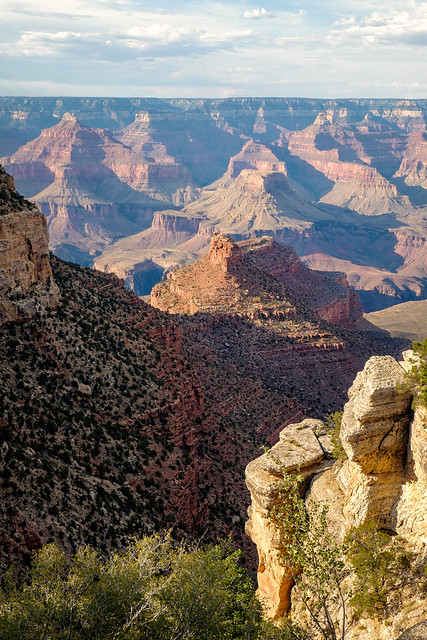
Grand Canyon South Rim 7/25/2014 at 6:00PM
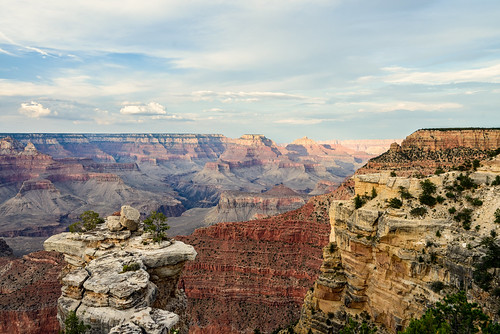
Grand Canyon South Rim 7/25/2014 at 7:00PM
Here are the settings for the top image: f/8, 1/160, 27.7mm ISO 200
Here are the settings for the bottom image: f/8, 1/250, 28mm ISO 400
Once again, the Fuji is on top and the Nikon on the bottom. It’s pretty crazy how well the Fuji stands up to the Nikon. Realistically, you can make similar exposures with an iPhone, although there wouldn’t be nearly as much detail when blown up or printed and the dynamic range wouldn’t be as defined. But, when looking at them at this size on your phone or computer, they would look pretty close.
So that leads me to this last comparison that lesser cameras would crumble under – A sunrise.
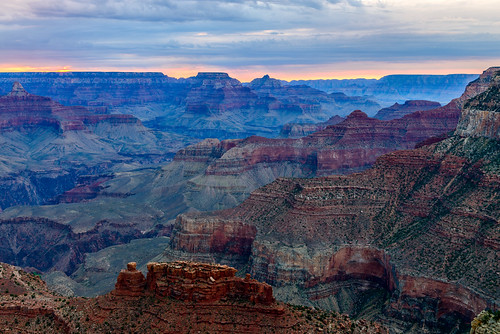
Grand Canyon South Rim 7/26/2014 at 5:45AM
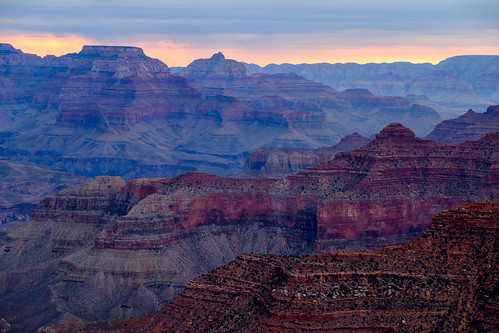
Grand Canyon South Rim 7/26/2014 at 5:50AM
Same two cameras and same two lenses. This time the exposures are only 5 minutes apart. Now, there is a huge difference in the focal distance as the image above is wider than the second sunrise image. Also, the image on top was sitting on a tripod using a smaller aperture and a long exposure so it’s definitely sharper. The handheld image was shot with a faster shutter speed, larger aperture and higher ISO to compensate. These differences certainly affect the look of the image, so the comparison isn’t technically ideal.
Here are the settings for the top image: f/11, 0.4 seconds, 42mm ISO 100
Here are the settings for the bottom image: f/5.6, 1/60, 55mm ISO 400
As you may have figured out by the settings (the Fuji’s native ISO is 200), this time the Nikon is on top. The Fuji doesn’t compete with the clarity of the Nikon, but I believe that’s mostly because of the difference in the way the image was captured. Overall though, the Fuji made an image that if I told you that I used the same camera for both images, nobody would question it. Given the setup, I was able to compensate for my use of the Fuji handheld instead of on a tripod and make a very solid and richly colorful image. Therefore, I think the comparison works aesthetically.
In conclusion, this very unscientific comparison interested me simply because I never set out to do it in the first place. All of the images were created with no bias for comparing them later – They were just made to capture the scenes with the tools at hand. The fact that I’m able to use a smaller, cheaper, and all-around more enjoyable camera and make images that stand up against a top-of-the-line DSLR makes me happy. The Nikon still technically out-performs the Fuji, but not by a whole heck-of-a lot in these situations.
One last thing – All of these images were given very similar post processing RAW conversions using Lightroom/PS/Color Efex Pro. No elements were removed, and the only cropping was to straighten some of the images.
Another last thing – Robert Donavan sent me this link to Tom Grill’s blog where he did a very similar comparison using a D810 and the X-T1. I think he was a bit more concise with his argument about the use of the final image and how they compare for what he does.
